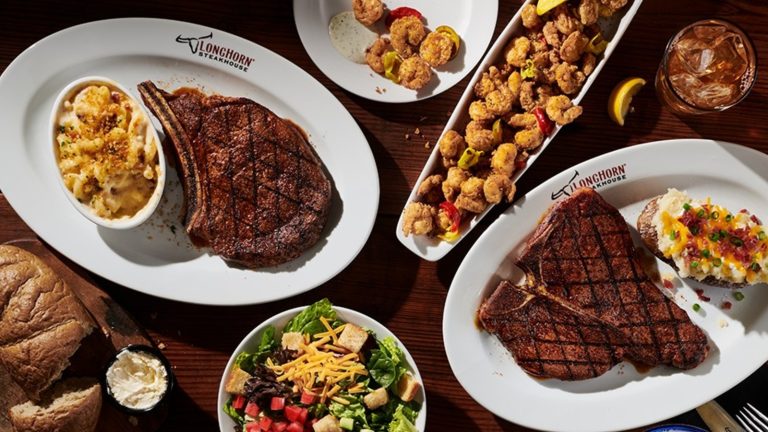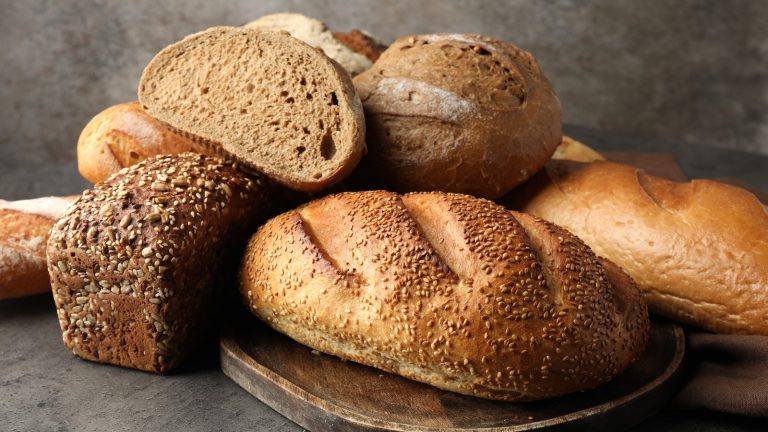We may receive a commission on purchases made from links.
Sporks are truly the unsung heroes of utensils. We don’t set our tables with them, and we may go weeks without seeing one, but there are so many meals that when we have one, we realize how undeniably handy they are. Stews, ramen, stir fry dishes – any bowl of anything with meat and vegetables to spear and rice or farro or lentils, etc. to scoop up — it all benefits from a spoon that splits into fork tines. The two-in-one convenience has made the spork a staple for campers looking to travel light, and for cafeterias keeping supplies streamlined. And if anything, the spork remains fixed in the public consciousness for its logical yet funny portmanteau name. But where did the spork actually come from?
That quirky name was trademarked in 1951 by Hyde W. Ballard, but only became attached to the design we know today as recently as 1970 with a United States patent issued to Van Brode Milling Company. It was later transferred to Plastico Limited in the United Kingdom, which helped it become known and available worldwide. Kentucky Fried Chicken certainly helped this, too, by becoming the first restaurant chain to offer plastic sporks. Over the decades, many of the best fast food chains in the country have started offering sporks, including Popeyes and Taco Bell. But while the official spork is only about 55 years old, its origins stretch back much further.
The spork from medieval times to wearable versions at KFC
The concept of combining a fork and spoon into one utensil is centuries older than the plastic spork we get wrapped with a napkin today. Spoons have existed since prehistoric times, and forks since the ancient Greek and Roman period. By medieval times, people had figured out that merging the two was convenient for things like fruit — but rather than a spoon-like bowl with tines, these utensils had a fork on one end and a spoon on the other.
In the 19th century, two more iterations developed: an ice cream spoon with tines – so, more closely related to the contemporary spork — and, similarly, a “terrapin fork” for dining on turtles. Samuel W. Francis received a patent in 1874 for a triple-threat utensil that added the blade of a knife onto the side of the spoon-fork hybrid, a design that was repeated in Australia in the 1940s. These periodic inventions bridged the gap between medieval fruit-eating tools and today’s typically plastic spork.
It’s hard to imagine how those medieval fruit eaters or Victorian ice cream consumers might have reacted to the latest spork update: In 2022, KFC debuted a spork you wear on your index finger, which actually paid homage to the chain’s early adoption of the spork in the ’70s. While those didn’t stick around, some have warmed up to the idea of metal sporks at home, ideal for any of your favorite protein-veggie-grain bowl recipes. Snag a 4-pack of metal sporks on Amazon to add some of these classics to your cutlery arsenal.






